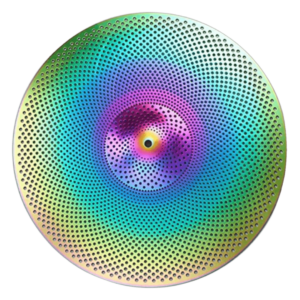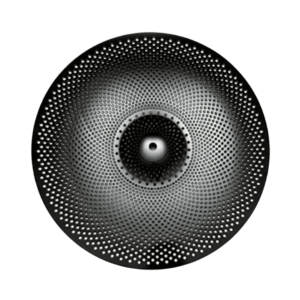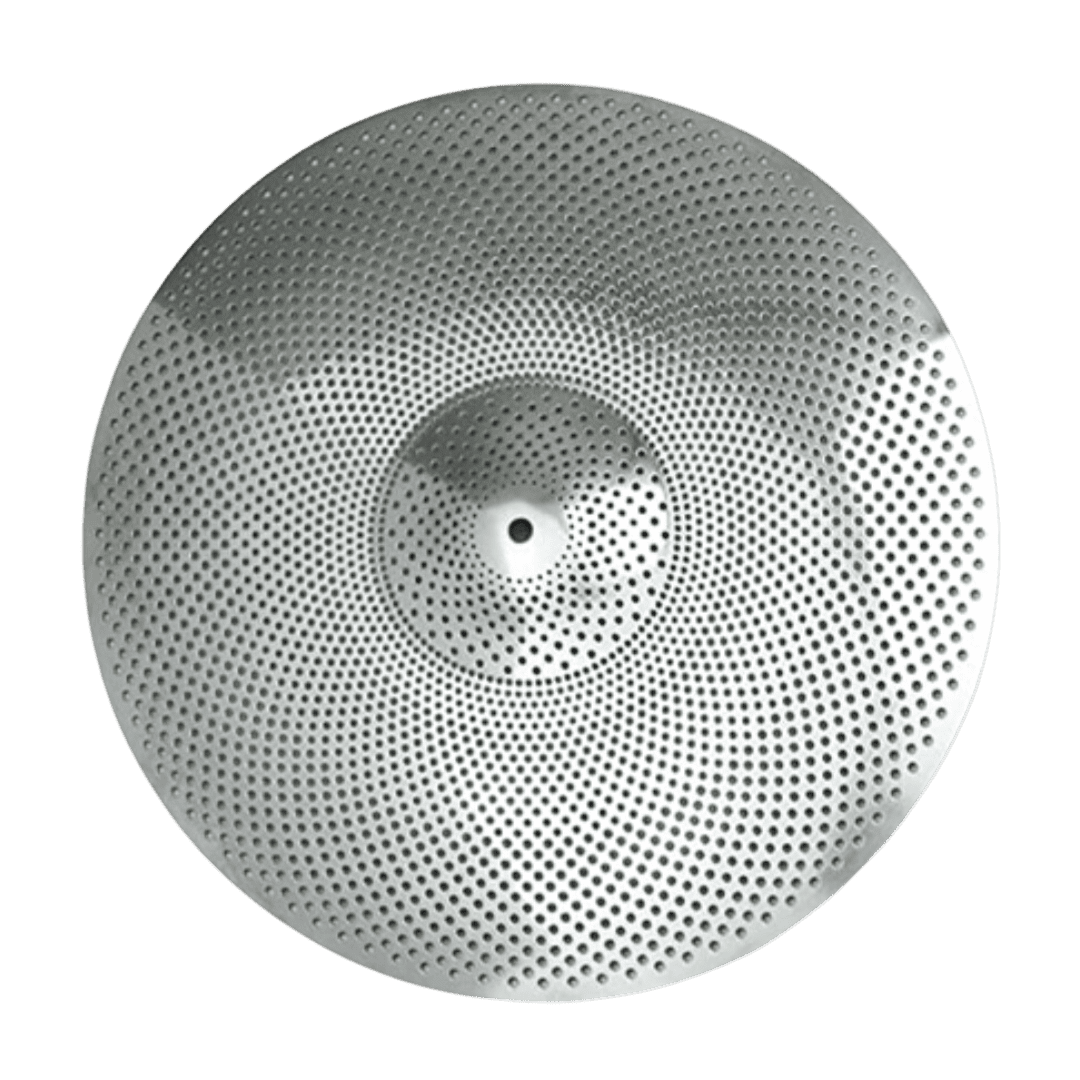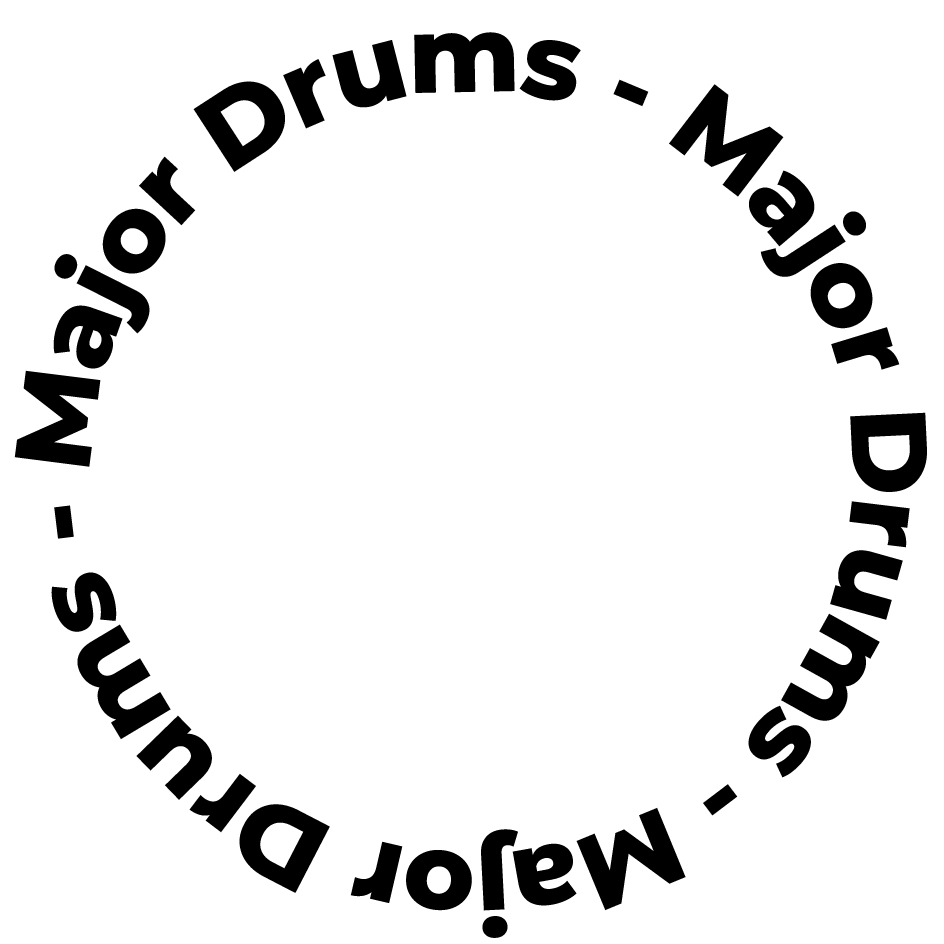Related Products
Related products
-

Ride 20″
$59.99 Select options This product has multiple variants. The options may be chosen on the product page -

Crash 16″
$59.99 Select options This product has multiple variants. The options may be chosen on the product page
FAQ
What are electronic drums and cymbals ?
Electronic drums and cymbals are musical instruments that are designed to replicate the sound and feel of traditional acoustic drums and cymbals. However, instead of using physical heads and cymbals that vibrate when struck with drumsticks, electronic drums and cymbals use digital sensors and triggers to produce sounds. Here are three important pieces of information to know about electronic drums and cymbals :
Electronic drums and cymbals are highly customizable, allowing musicians to adjust the sounds, volume, and tone to their linking.
Unlike acoustic drums, electronic drums can be played with headphones, making them ideal for quiet pratice and recording sessions.
Electronic drums and cymbals are often more durable than their acoustic counterparts and require less maintenance.
What are the advantages of using electronic drums and cymbals ?
There are severeal advantages to using electronic drums and cymbals, including :
Portability : Electronic drum kits are often smaller and lighter than acoustic drum kits, making them easier to transport to gigs and rehearsals.
Volume control : Electronic drums can be played at lower volumes, making them ideal for practice sessions in apartments and other small living spaces.
Sound customization : Electronic drums allow musicians to create custom sounds and adjust the tone and volume of each individual drum and cymbal.
What should i look for when buying electronic drums and cymbals ?
When buying electronic drums and cymbals, there are several factors to consider, including :
Sound quality : Look for kits with high-quality sound samples that accurately replicate the sound of traditional acoustic drums and cymbals.
Playability : Make sure the drum pads and cymbals feel comfortable to play and respond well to your playing style.
Expandability : Consider whether the kit can be expanded with additional drum and cymbal pads in the future.
What is the difference between rubber, mesh, and silicone drum pads ?
Electronic drum kits often come with a variety of drum pads, each made from a different material. Here are the differences between the three most common types of drum pads :
Rubber pads : These pads are the most common type and are typically the least expensive. They offer a good balance of rebound and stick response, but can be somewhat noisy when played.
Mesh pads : Mesh pads are quieter than rubber pads and provide a more realistic feel, making them ideal for drummers who want to replicate the feel of playing acoustic drums. However, they can be more expensive than rubber pads.
Silicone pads : Silicone pads are the most expensive type of drum pad and are often found on high-end electronic drum kits. They offer the most realistic feel and are the quietest of the three types, making them ideal for late-night practice sessions.

